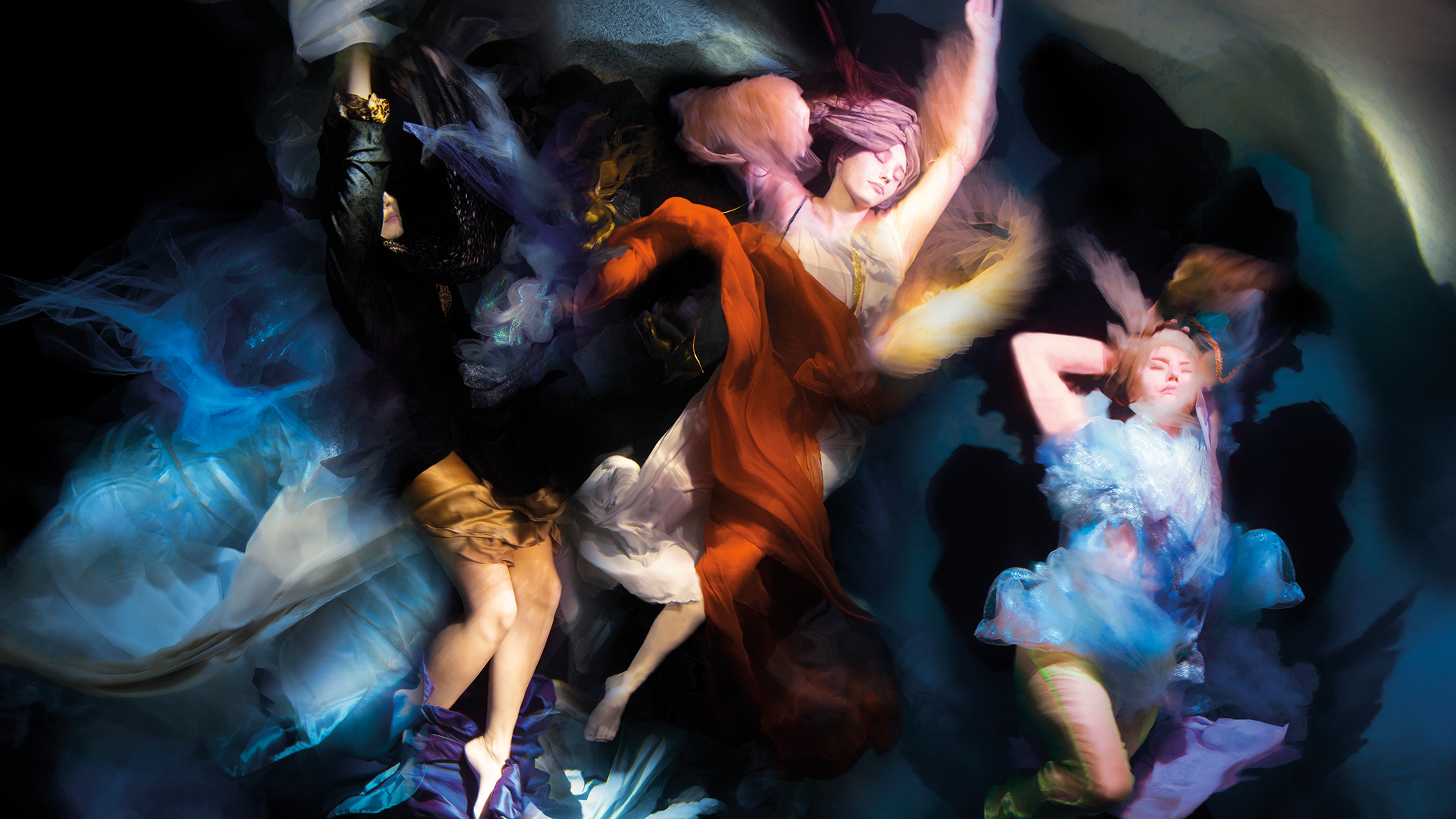
Interview
When did you start out in your current photographic genres?
When I started to use water as a creative tool, I had no idea what this feeling was or the power and allure that it had over me. That was in Los Angeles in around 2003, and from there, I continued to experiment with different lighting, movements and techniques.
Everything was done by eye, I had no light meters, no proper lights and I was looking for something that was not quite there yet. But as soon as I saw the magic that the water expressed, I was in love and never stopped.
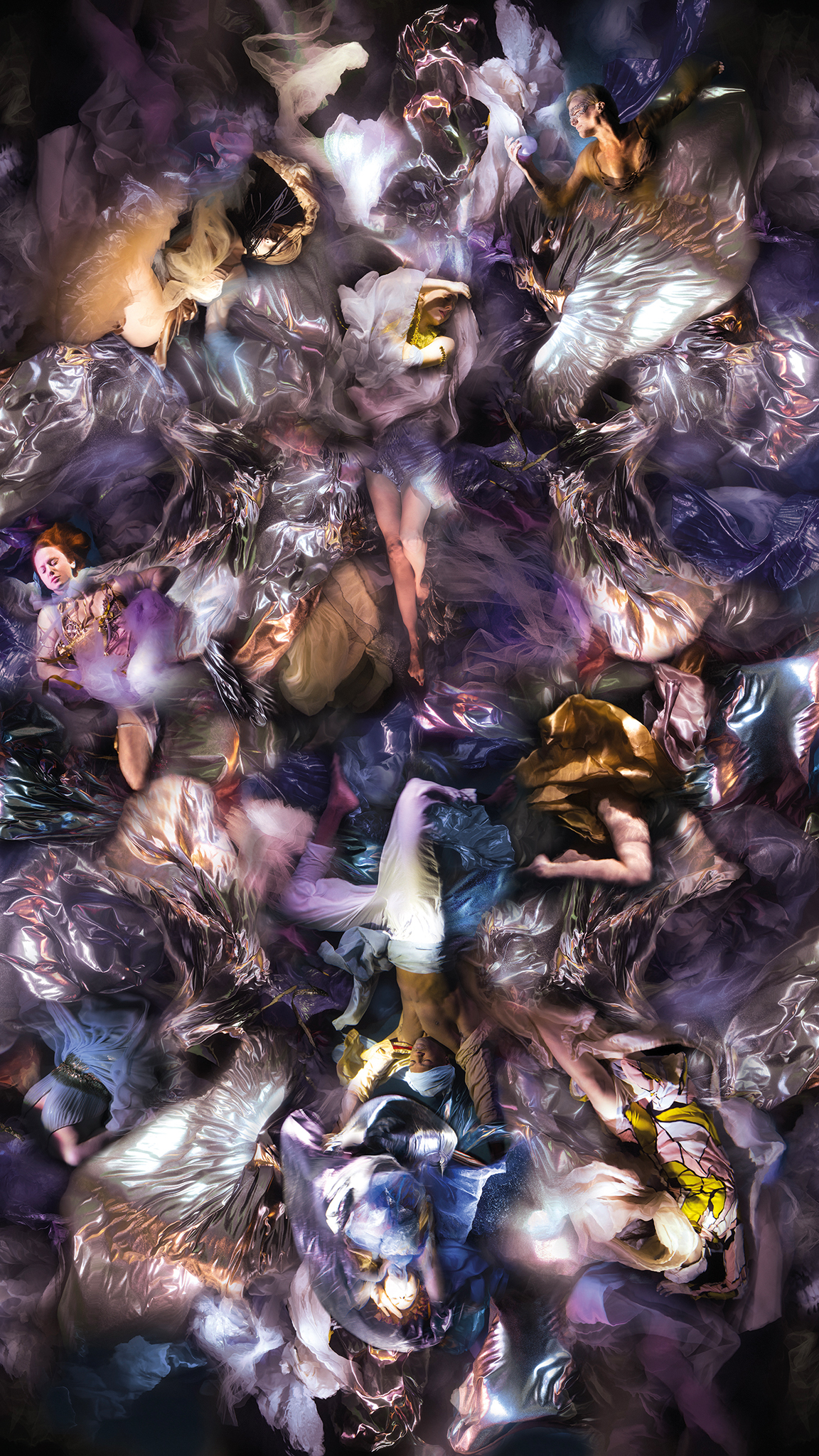
What challenges did you face as a startup and how did you overcome them?
The biggest challenge was working through some of my own anxieties about trying to create something more magical than what was humanly possible on a limited budget. Being a starving artist was actually freeing. There were no outside expectations and no massive workloads, except for those that I placed on myself. These things were overcome by persistence and incredible amounts of experimentation and hard work. I had to make some mistakes along the way to get to where I am today, and I’m so grateful for that path.
What key skills are needed for your line of work?
I would say that ideas are the most important, and being able to disconnect from the outside world for a while to let them surface and take physical form. It’s as though the building of these visions are being pulled from a place that I don’t have full access to. I feel creative pain until it all really comes together into this big beautiful clarity and purpose. Communication is everything; along with patience, a nurturing ability, technical know-how and being able to let go.
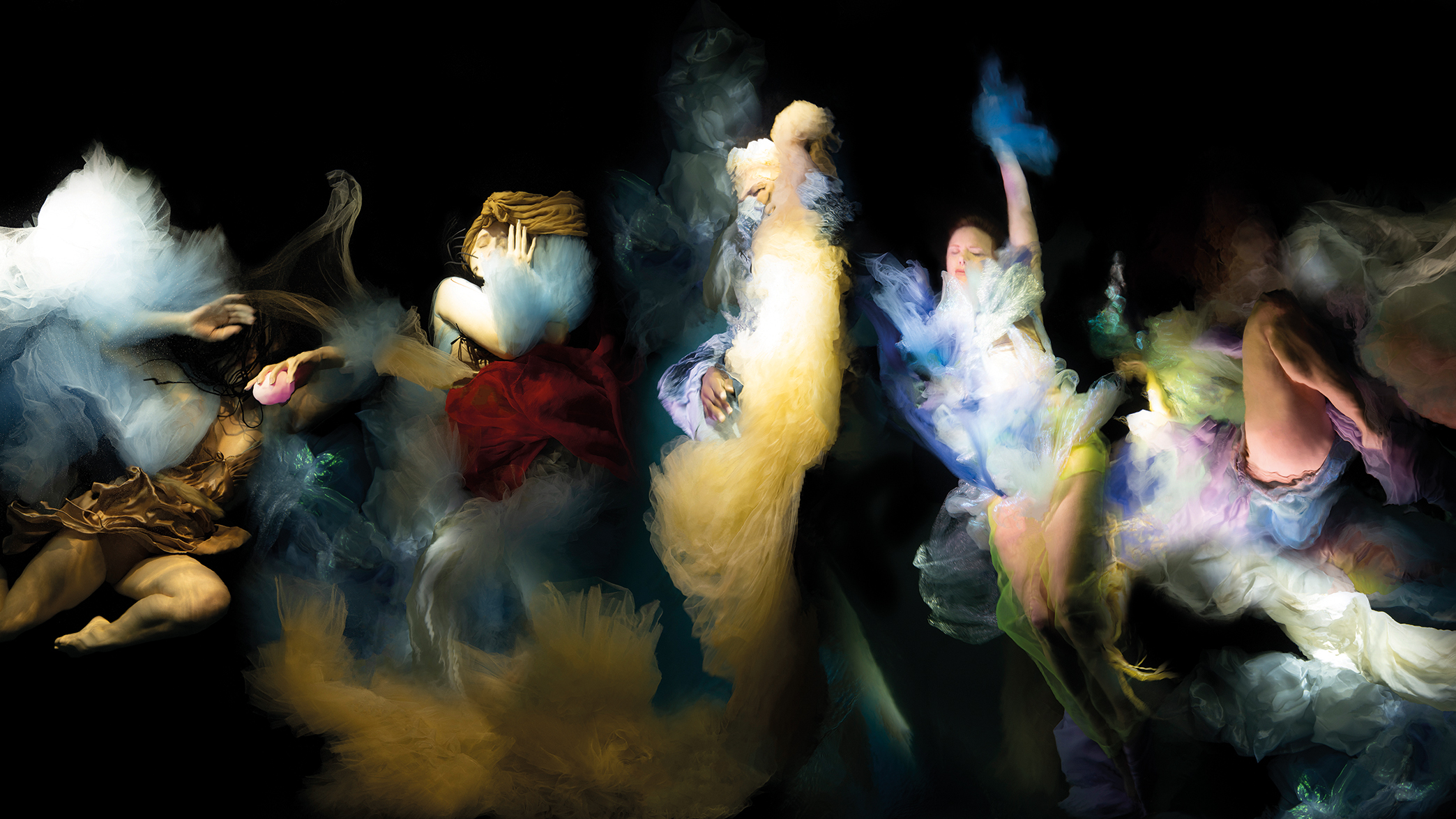
Which social platforms are you on, which are your favourites and how do you use each for your business?
I feel like I’m on all of the social media platforms, although I don’t really have the time to keep up with all of their intricacies. My favourite one is Instagram because I feel like it’s just a great way to reach out into the world with my images. I don’t necessarily use them for business, although I have sold works because of them.
What are your future plans for the business? Are there any other genres you’d like to try or expand into?
Yes, I have a few big projects that I’m going to release soon, as well as notebooks full of new ideas that I need to find time for. I’m eager to work with the Save the Children charity on a new project and to do some test shoots with a new camera in the ocean.
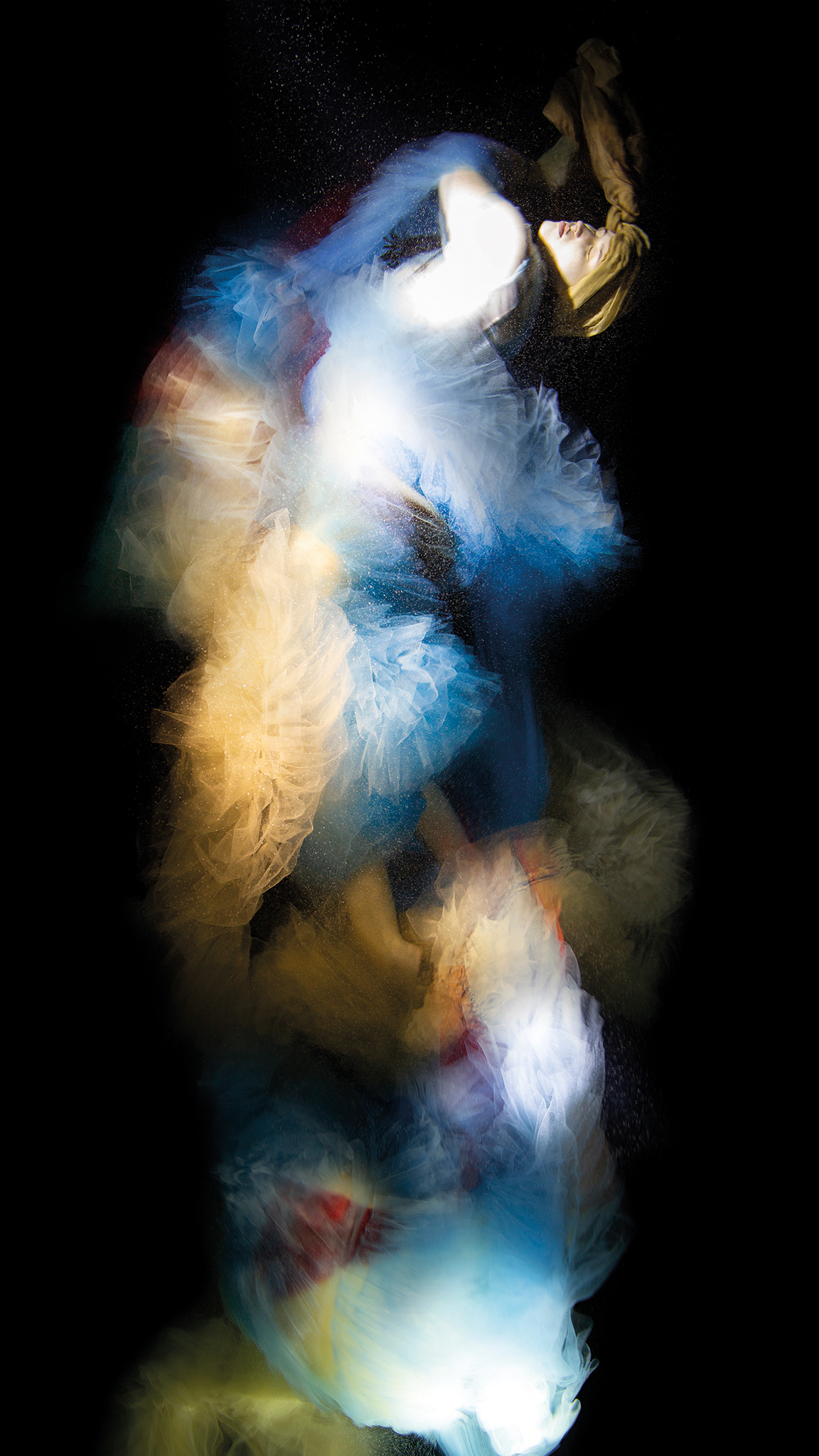
Christy's favorite kit
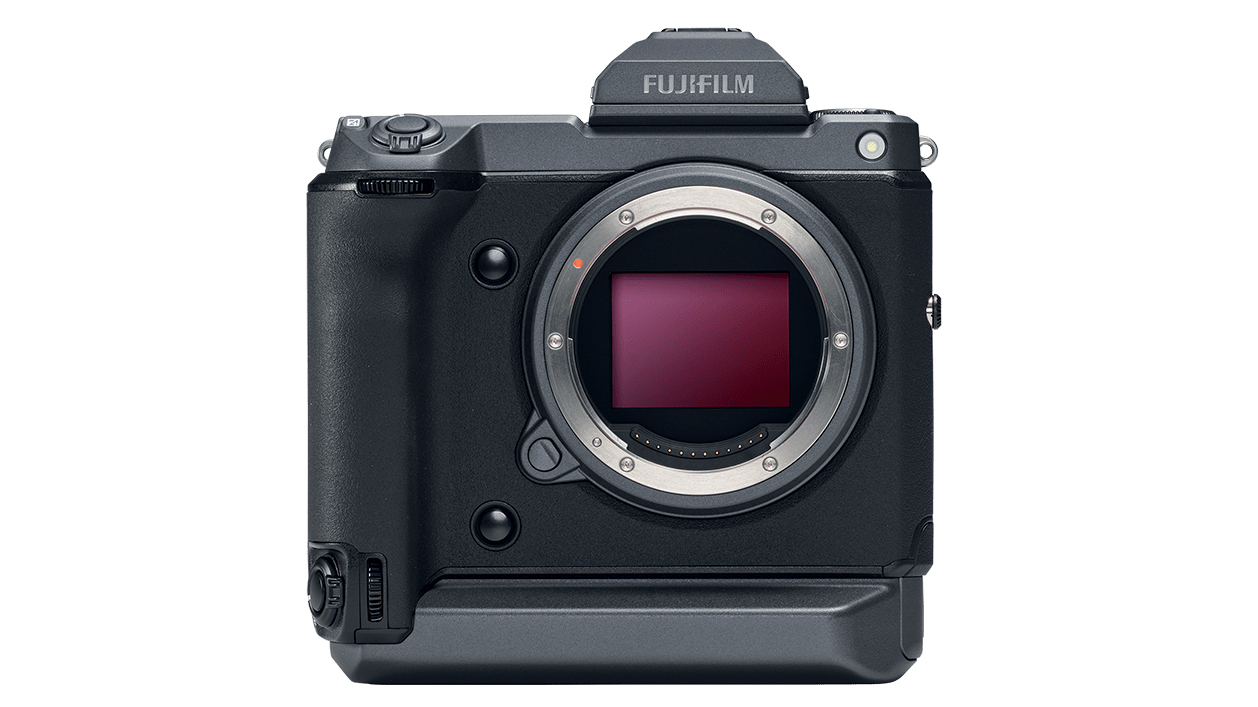
"I love the quality of the images I take with my Fuji 102MP medium-format camera. They could be blown up to billboard size, no problem."
The GFX 100 combines are larger format sensor with a more compact form than many compatible medium format models. It also has the common Fujifilm working philosophy and packs in the usual array of film simulation modes, for extra creativity.
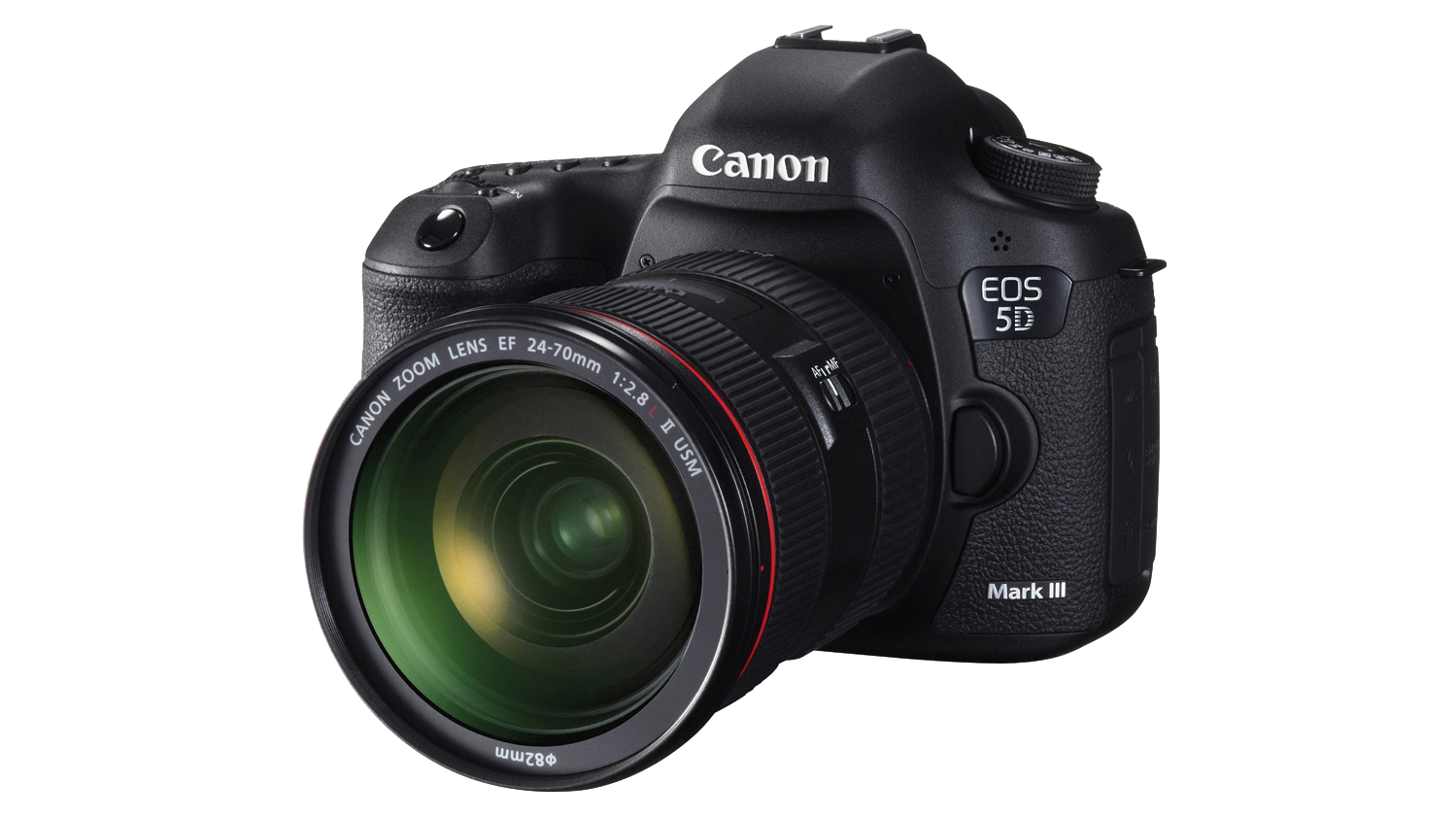
Christy’s second body is this popular DSLR. “This is my ‘everything’ camera. It somehow captures the colours and softness that I love best,” Christy says.
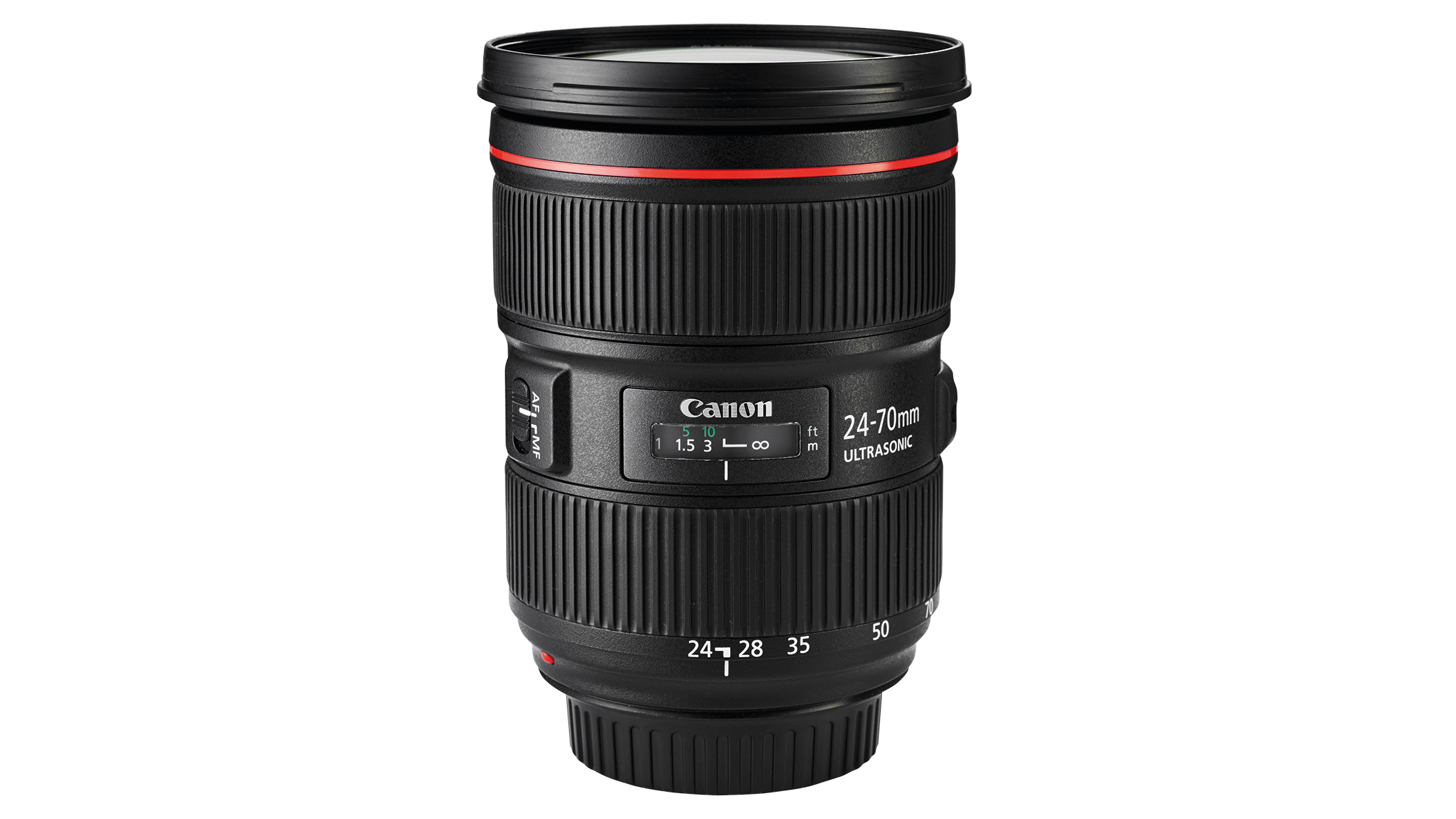
Canon EF 24-70mm f/2.8L II USM
“I love the versatility of this lens. It allows me to get all those wide-angle shots in super-low lighting.”
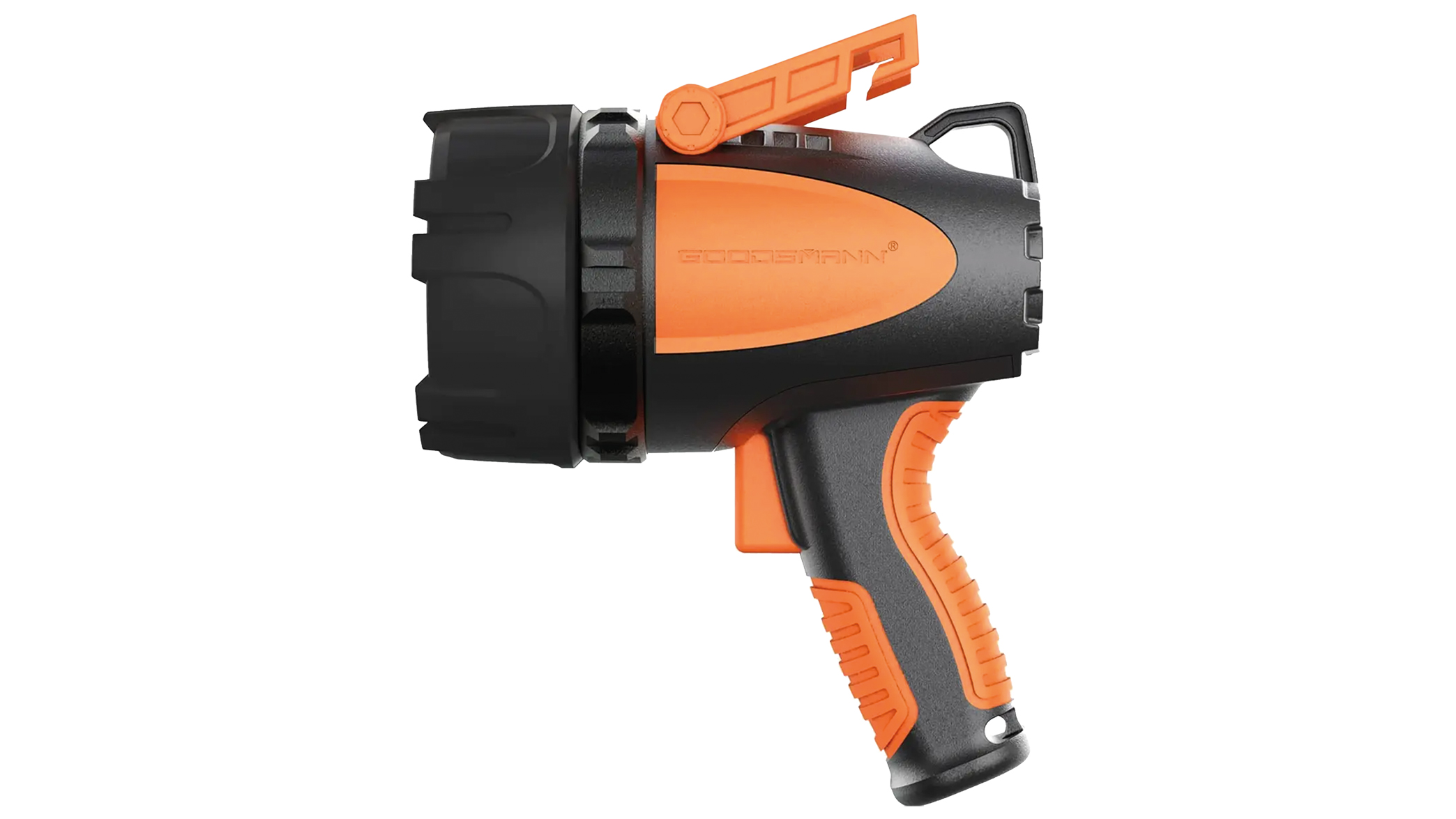
GOODSMANN Rechargeable Spotlight
Christy uses this to overcome exposure challenges underwater. “This 4,500-lumen waterproof flashlight has been a great tool for adding dimension to my images with light”







